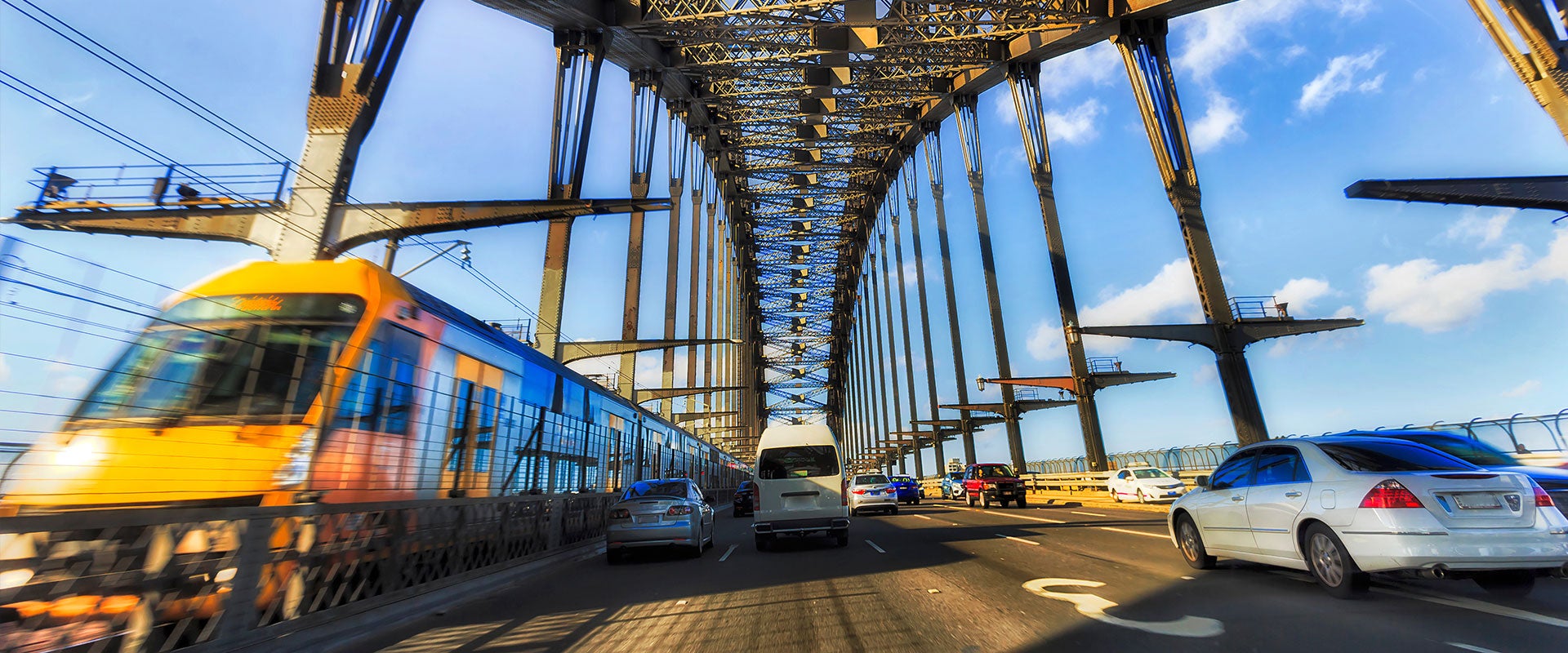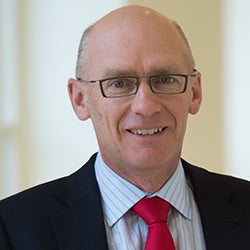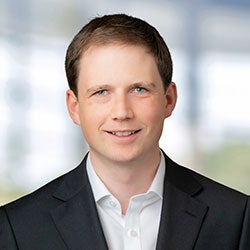From a policy perspective, the economic and equity implications of a flat fare model flow directly from the level at which the fare is set. In practice, it is likely to prove challenging to balance competing economic, financial and social objectives with flat fares.
If a flat fare is set very low, it may generate demand that drives costly additional peak capacity and/or on-board crowding, dilute farebox cost recovery, and create equity issues where those travelling relatively long distances consume more transport services than those travelling somewhat short distances for the same price.
If a flat fare is set high, the same equity issue emerges in the other direction. Those who travel fairly short distances are disadvantaged and it is highly likely that many trips are priced off public transport, resulting in economic dis-benefits associated with transfers to the private car or the loss of the trip altogether.
From a pragmatic perspective, any fare system reform brings into sharp focus the ‘winners and losers’ of change. A flat fare system does not provide any flexibility (i.e. ‘degrees of freedom’) to manage fare level impacts given the inability to apply differential fare changes by mode(s) used, trip origin and destination, time of day, trip direction (peak versus contra-peak), etc. This ability to flex fares is often critical to drive economic, financial and/or social outcomes.
Time to reconsider?
In our view, there will be very few cases where fare collection equipment is life expired and an investment in a new fare collection system cannot be made (i.e. where free fares should be the preferred position).
The investment that many cities around the world have made or are making in their fare collection systems obviously explicitly rejects the notion of free fares and challenges the merit of a flat fare structure. There are exceptions, of course, notably where operational considerations are paramount. For example, the retention of flat fares for London buses within the Oyster system has long recognised the importance of supporting on-time running as a primary objective over economic and equity objectives.
However, we would contend that, for the most part, investments in state-of-the-art fare collection systems and even more modest ‘off the shelf’ cloud-based solutions dictate that fares policy is carefully evaluated.
In particular, the capacity to differentiate fares spatially and temporally and by customer segment needs to be carefully assessed against fare system objectives. Modern fare collection systems are progressively opening up opportunities for personalised or enterprise pricing and offers. For example, employees of a major corporate established on the urban rim might be offered a targeted discount to reflect the fact that commuting will be contra-peak. As another example, capping and subscription-based pricing models can be effective in managing the demand for our public transit services.
This suggests that jurisdictions currently maintaining a flat fare structure that have or are making the leap to a contemporary fare collection system should consider the merits of fares policy reform — notwithstanding the clear challenges of managing the ‘winners and losers’ of any material change.
For more information, contact strategy@lek.com.
L.E.K. Consulting is a registered trademark of L.E.K. Consulting LLC. All other products and brands mentioned in this document are properties of their respective owners. © 2023 L.E.K. Consulting LLC






